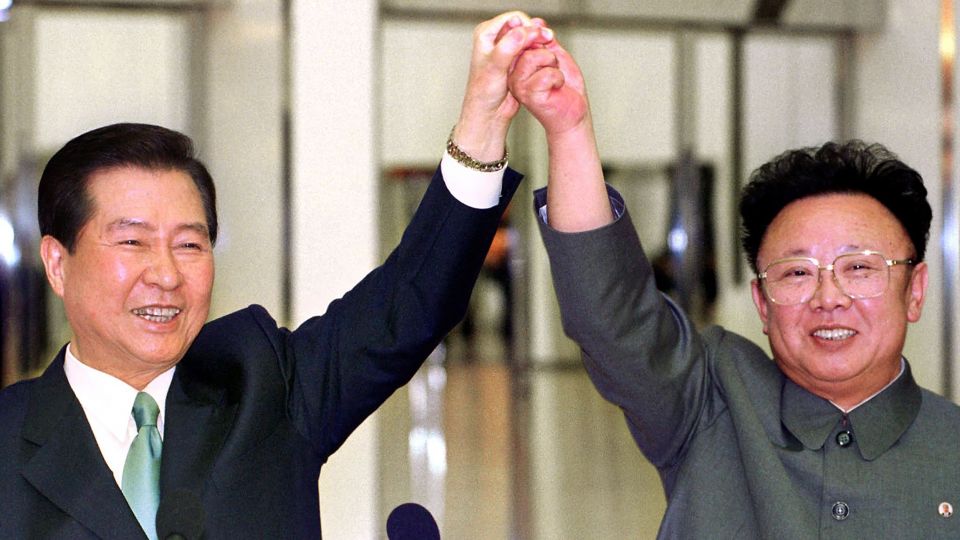March 7, 2018
The return of South Korean envoys from Pyongyang is just the latest attempt at direct diplomacy between the estranged neighbours.
Little has been said about the visit, however, a high-level South Korean official stated that the envoys’ meeting with Kim had “produced results,” according to the Korea Herald.
It is not the first time that talks between the two Koreas have happened.
1971 – The two Koreas hold their first Red Cross talks, with the Red Cross societies on either side of the border working together to help reunite families torn apart by the conflict.
1972 – The South Korean government under then President Park Chung-hee carries out secret negotiations with the North. In July 1972, the two Koreas release a historic joint statement laying out the principles for reunification. The thaw in relations is short-lived, with the North suspending talks the following year.
1984 – Contact between the Koreas resumes with the North extending an olive branch in the form of aid for victims of severe floods in South Korea. The development came after a period of heightened tension the previous year over the Rangoon bombing, which targeted South Korean President Chun Doo Hwan. Talks between the Koreas follow, paving the way for the first family reunion between the two sides September 1985. However, these promising developments yield no lasting results, with relations growing cold in 1986 after the US and South Korean hold their annual joint military exercise, Team Spirit.
1990s – In September, the Koreas hold high-level talks in Seoul as a result of efforts by South Korean President Roh Tae-woo to improve ties. In the years that follow, the nations take two promising steps towards normalising ties, signing the Agreement on Reconciliation, Non-Aggression, Exchanges and Cooperation in 1991 and the Declaration on the Denuclearization of the Korean Peninsula in 1992.
Despite the developments, concern soon begins to mount about North Korea’s nuclear programme. Tensions increase in 1993, when the nation expresses its desire to withdraw from the Nuclear Nonproliferation Treaty. A series of talks with the US results in The Agreed Framework of 1994, which prevents North Korea from continuing work on its suspected weapons programme in exchange for fuel and two proliferation-resistant nuclear reactors.
2000 – South Korean President Kim Dae-jung’s “sunshine policy,” unveiled in 1998, leads to the first inter-Korean summit, held in June 2000. The gestures of goodwill continue with a second family reunion in August, and the two Koreas march under a unification flag at the Sydney Olympics.
2003 – The Six-Party Talks, which involve South Korea, Japan, Russia, China and the US, are held for the first time to resolve the nuclear issue. The talks continue over the years but fail to put an end to North Korea’s nuclear programme.
2018 – The first inter-Korean talks in two years are held in Panmunjeom. It is decided that the North will participate in the Winter Olympics.


